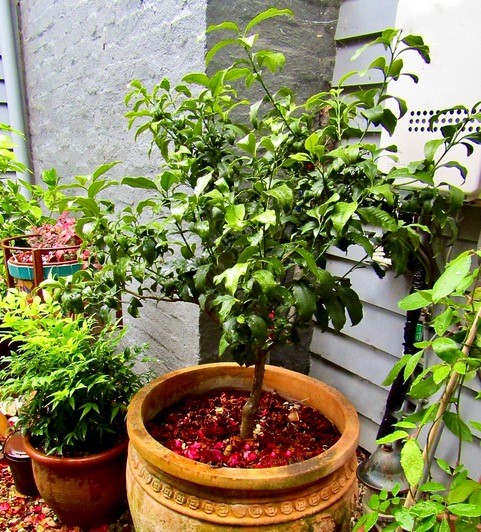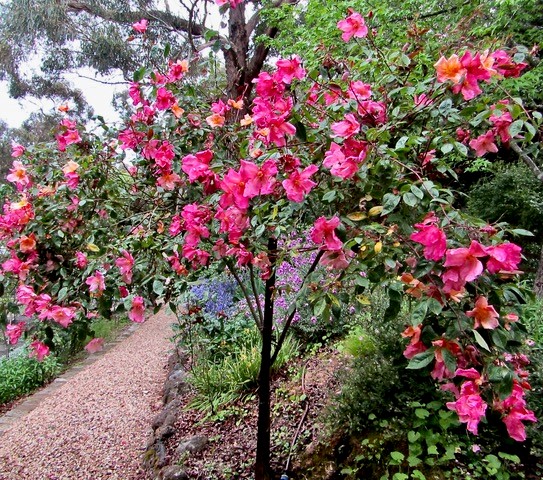November 9th, 2020Glen, Man about the house
As citrus trees grow they tend to accumulate dead, woody twigs and light growth towards their centre. By using a sharp pair of pruners and a little patience you can open up the tree and allow plenty of sunlight in, thus preventing the build-up of fungus diseases, moulds and insect pests that normally thrive on weak, shaded growth. Don’t take too much growth from the top or centre of the tree because citrus prefer a healthy covering of leaves all over as protection from the scorching rays of Summer sun.
Normally hard pruning of citrus is best carried out from late August to September but this year, thanks to La Nina and her beautiful rains, it wouldn’t be such a problem for you to tackle it in the next couple of weeks. This, coupled with the warmth, will encourage a quick regrowth of young wood to cover and protect bare branches left after the pruning. Any fungal growths or mould you may discover in the process can be easily despatched with a quick dose of copper sulphate or bordeaux spray.

Citrus trees are rather particular about their environment, requiring it to be well-drained, slightly acid and regularly fed. The simplest way to achieve all of this is to grow them either in a large container or a raised bed where you have complete control of the conditions. This is the case with the nagami cumquat. Nagamis are somewhat different from other varieties in that they produce sweeter than usual, thin-skinned, oval fruit that can be eaten straight from the tree, as well as be turned into delicious marmalade jam.

The lush green plant is a relatively recently released variety of nandina (Japanese sacred bamboo) called emerald sea. It’s a beautiful, frequent-flowering, shrub rose variety – rosa mutabilis – a reference to its ever colour-changing single flowers that open cream and end up almost red. They can grow to three metres or so and I’ve almost convinced it that it’s really a tree.
Water – the key to success
Gardens can be damaged as much by incorrect watering as they can by neglect. Fresh green lawns and lush, healthy flower and shrub beds can be maintained year round by regular maintenance, but it’s the way the garden is being watered that holds the key. Prolonged hot weather may place the plants under great stress if the moisture supply isn’t kept up to their feeder roots. But the problem isn’t necessarily lessened in the cooler months if the plants aren’t being watered correctly.
It’s important to remember that it’s the root system that takes in the water to supply the rest of the plant, so there’s little point in directing water anywhere but onto the ground. That is why drip watering systems are so successful. They supply all the plant’s needs directly to the roots using less than half the amount of water of sprinklers, and eliminate wasteful evaporation. At the same time they encourage deep, strong and self-sufficient roots.
A heavy watering once or twice a week, depending on the weather, is far better than frequent surface waterings that encourage developing root systems to grow close to the surface in anticipation of the next supply. Water early in the morning so that moisture can soak in before the sun’s drying rays can take effect.










